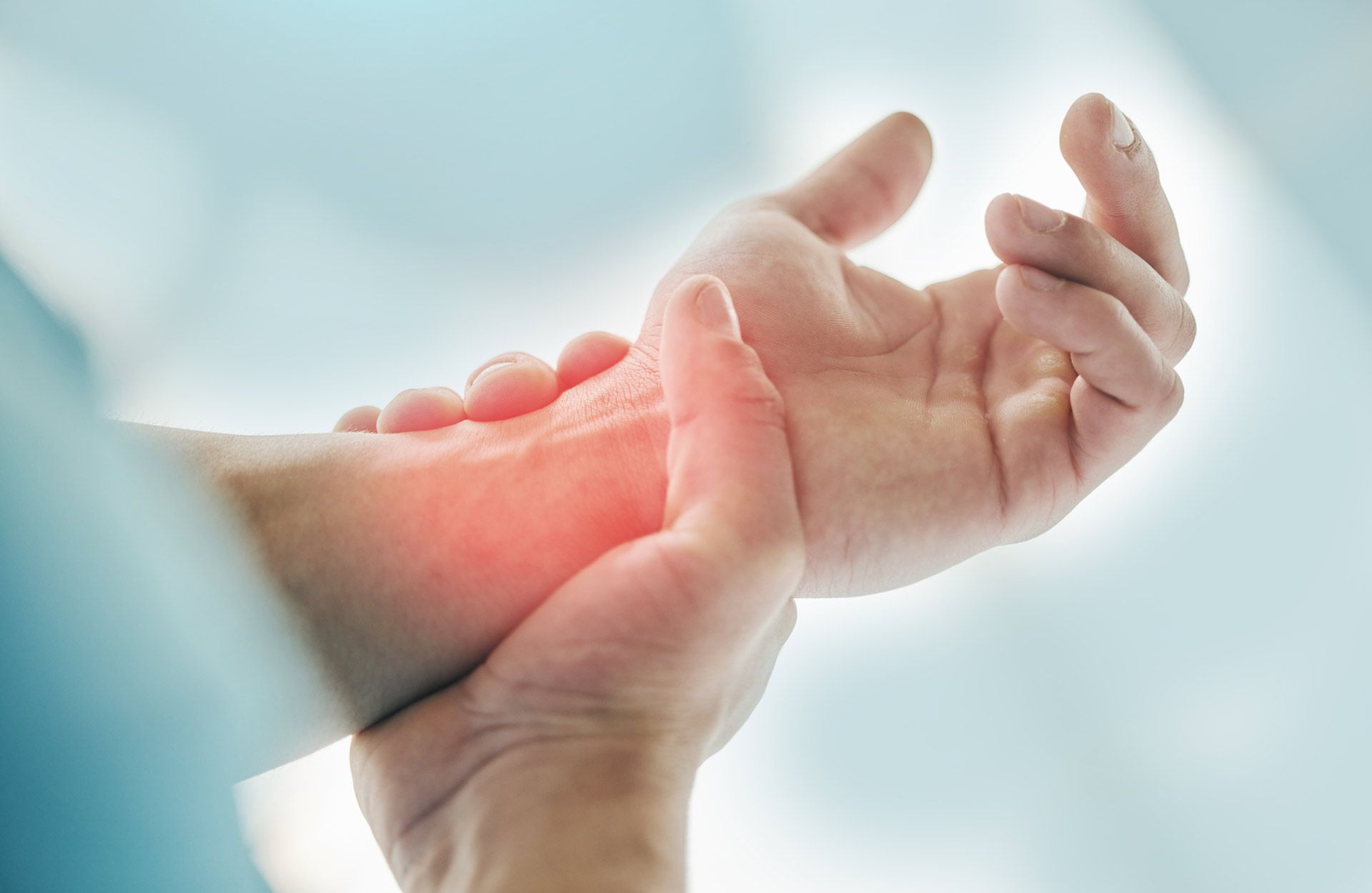Chiropractic Care for Joint Pain in Cary, NC

Crack Shack Chiropractic offers chiropractic care for elbow, knee, wrist, and ankle pain in Cary, NC, providing targeted treatments to address joint discomfort and mobility issues in these specific areas. Designed for individuals experiencing pain or limited movement in these joints, our holistic approach not only alleviates pain but also promotes optimal joint function and overall well-being.
Understanding Elbow, Knee, Wrist, and Ankle Pain
Elbow, knee, wrist, and ankle pain can arise from various causes, including injuries, overuse, or degenerative conditions. These joints play crucial roles in daily movements and activities, making them susceptible to strain and wear. Persistent pain in these areas can significantly impact one's quality of life, hindering mobility and daily functionality.
How Our Chiropractic Care Addresses Joint Pain Issues
Targeted Adjustments: Precise chiropractic techniques focus on the affected joints, relieving pain and restoring mobility.
Holistic Treatment:
Addresses the root cause of joint pain, ensuring long-term relief and preventing recurrence.
Improved Joint Function: Enhances the range of motion and flexibility, promoting optimal joint performance in daily activities.
Natural Pain Relief:
Offers a drug-free alternative to pain medications, reducing potential side effects and dependencies.
Comprehensive Care:
Incorporates advice on posture, exercises, and lifestyle changes to support joint health and overall well-being.
Effective Chiropractic Techniques for Joint Pain Relief
Ensuring Patient Safety During Chiropractic Sessions
Pre-Session Assessment
Comprehensive evaluation of medical history and current health to tailor safe treatments.
Trained Chiropractors
Precise techniques with appropriate force ensure effective and safe adjustments.
Hygienic Environment
Regularly updated equipment and practices aligned with the latest safety standards.
Post-Care Instructions
Clear guidelines provided post-session to maximize benefits and prevent complications.
Open Communication
Patients are encouraged to voice concerns or questions for a transparent experience.
Guidelines for Post-Adjustment Care
Stay Hydrated
Drinking ample water after your adjustment aids in flushing out toxins and supports the body's natural healing processes.
Avoid Strenuous Activities
It's beneficial to rest and avoid heavy physical exertion for at least 24 hours post-adjustment, allowing the body to adapt and heal effectively.
Maintain Good Posture
Ensuring you maintain an upright and proper posture post-adjustment can help in preserving the benefits of the treatment and support spinal health.
Engage in Gentle Stretches
Incorporating light stretching post-adjustment can help in maintaining flexibility, reducing potential muscle tension, and enhancing joint mobility.
Report Unusual Symptoms
If you experience any discomfort or unusual symptoms after your adjustment, promptly communicate with your chiropractor to ensure optimal care and address any concerns.